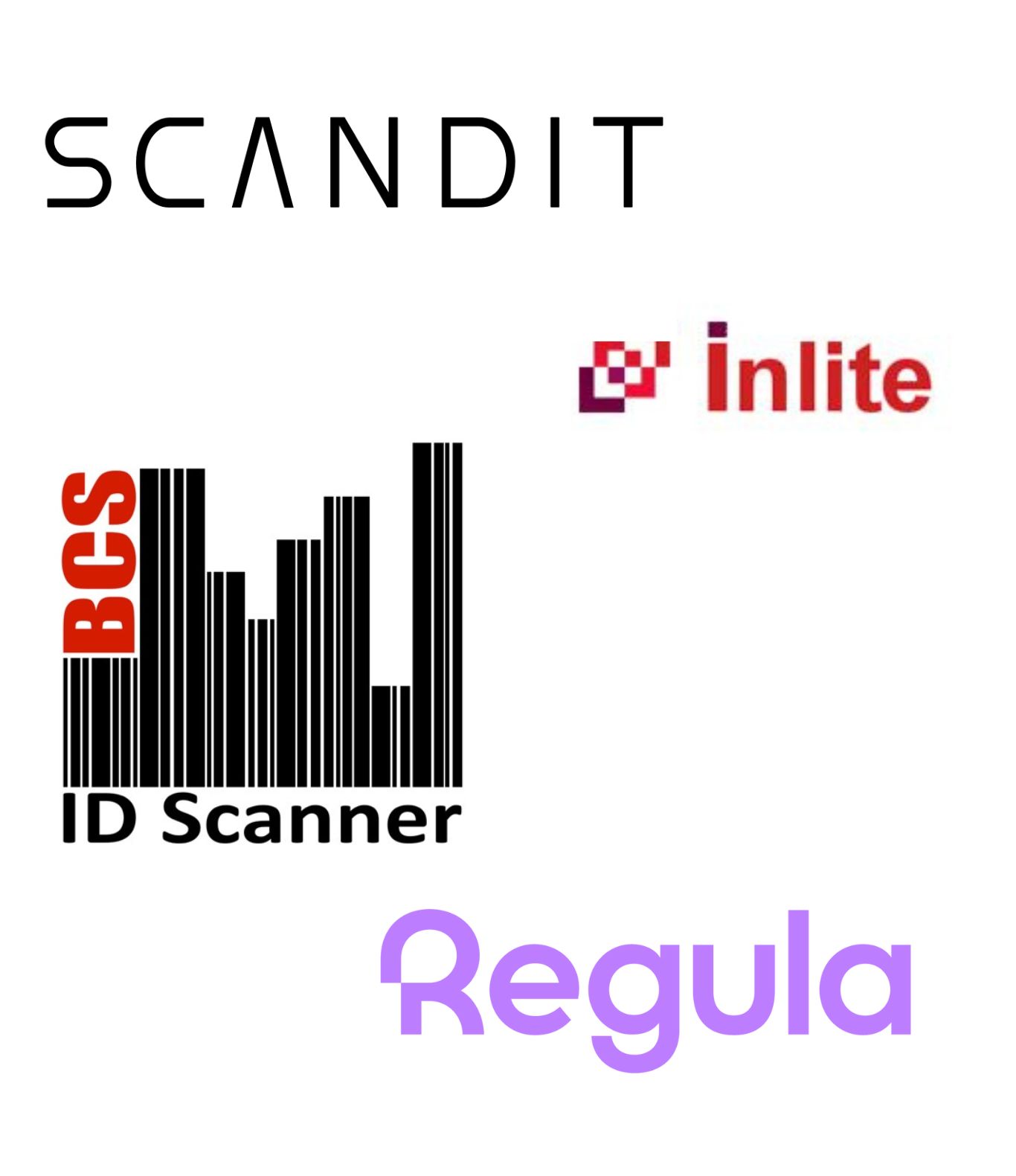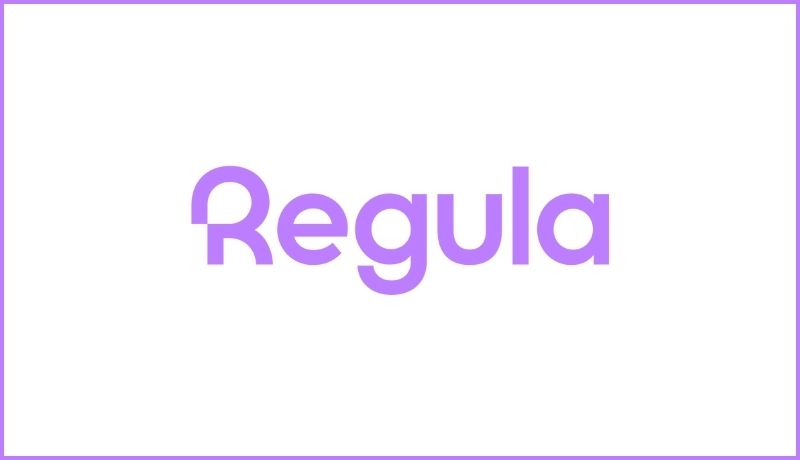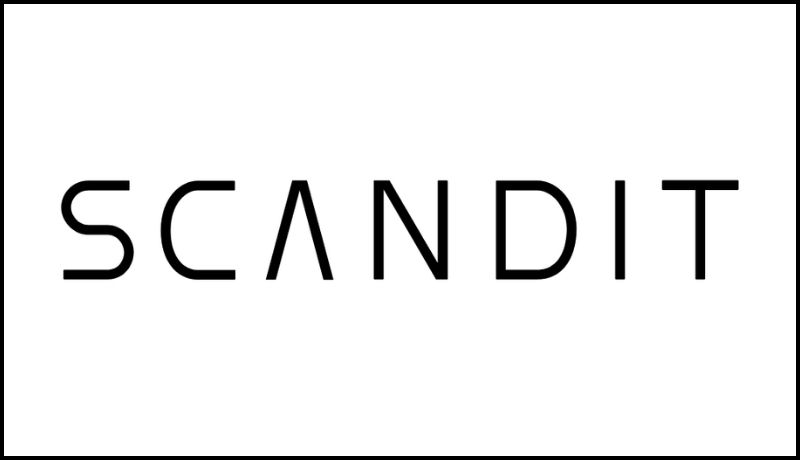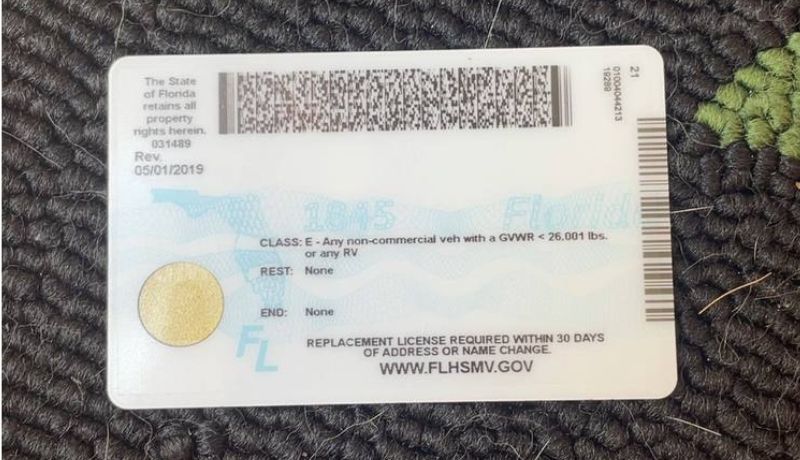
How to Generate MRZ Strings?
What is MRZ and Its Role in Identity Verification?
The Machine Readable Zone (MRZ) is a series of characters that are present on most identity documents such as passports, ID cards, and visas. This alphanumeric code is crucial for automated data entry and identity verification processes. The history of MRZ can be traced back to the 1980s when the International Civil Aviation Organization (ICAO) standardized its use to facilitate border crossings and improve security measures.
Machine readable travel documents code composition typically consists of two or three lines containing essential information like the document type, country code, passport number, bearers name, date of birth, and so on. This standardized format ensures universal readability and compatibility across different document types and countries, streamlining document verification procedures.
It plays a significant role in Know Your Customer (KYC) processes by enabling quick and accurate extraction of personal data from identity documents. By parsing this data, businesses and organizations can authenticate individuals, verify their identities, and ensure compliance with regulatory requirements.
Understanding Machine-Readable Zone in Travel Documents
Machine-readable codes are categorized into three types: TD1, TD2 ( Visa, Passport ), and TD3 ( ID Card ), each varying in the number of characters and lines used. The line is used in passports is particularly crucial for passport verification, as it contains vital information required for border control and security checks.
One essential component within the machine readable documents is the checking digit, which serves as a validation mechanism to ensure data accuracy and integrity. Additionally, the nationality information encoded in the MRZ indicates the country of issuance, enhancing the verification process for border authorities and agencies.
How to Generate MRZ for Travel Documents?
Generating MRZ codes involves creating a standardized string that adheres to the specific format mandated for identity verification purposes. By generating different MRZ types, organizations can streamline their document processing workflows and enhance the efficiency of their identity verification procedures.
Parsing the three lines of the MRZ requires specialized algorithms and software tools designed to extract and interpret the data accurately. Use our telegram bot to generate bottom of the personal data page. You do not need anything, except telegram account.
Just start MRZ Generator bot on telegram, use /generate and select the document you needed. You will be redirected to the form. Fill it with the data on document: Country, First name, last name, birthday date, expiration date. You can generate document number and personal number right in the form.
After you filled the form, just click on Generate! You will receive the result for chosen document right in Telegram, as a message from the bot. Generate MRZ with 100% correspondence to the original document.
Examples of generated MRZ code for passport, id card or visa
The examples of passport MRZ, as well as other documents, you can check on our website, in Generation -> MRZ section. Examples for passport, visa and ID card there. You also can check the forms and what data do you need for generation as well.
Select the document type you are looking for and required country. You can use search field for it.
MRZ Strings verification
The role of mrz in identity verification is crucial. So, you should always check biometric data in MRZ line on your document before any KYC or Visual verification. You can use any type of mrz parser available in internet for mrz reading. But we recommend to use Regula Document Reader. If you do not know how to check machine-readable documents – use our guide. How to check biometric passports with Regula Document Reader.
Usually, for passport and other identity documents, but not for id card mrz contains two lines with 44 characters. The data on first line are:
- The letter code of the document. P for passport. It indicates the type of document.
- Country code.
- First and last name of passport holder.
The second line of MRZ data of id documents contains next lines and characters:
- Issued date
- Date of birthday
- Passport Expiration Date
- Original checksums for data verification
But not all mrz consists of two lines of characters. Its a bit different for national id cards. MRZs there has different number of lines and characters. 3 lines with 30 characters each. Third line typically contains just the name of the client.
Role of MRZ Readers and Comparison with OCR Technology
MRZ readers are instrumental in extracting data from machine-readable zones swiftly and accurately, enhancing the efficiency of identity verification processes. When compared to Optical Character Recognition (OCR) technology, MRZ readers offer a higher level of accuracy and reliability in reading and interpreting identity document data.
The benefits of using MRZ reader SDKs in document verification include improved data accuracy, faster processing speed, and enhanced security features. These tools play a crucial role in ensuring the authenticity of identity documents and preventing fraud in various industries.
Ensuring Accuracy in MRZ Parsing for Secure Identity Verification
Verifying critical information such as the date of birth and nationality from the MRZ is vital for accurate identity verification. Correctly parsing the MRZ ensures that the data extracted from travel documents is valid and matches the individuals details, enhancing the overall security and reliability of the verification process.
Use of MRZ validation techniques further enhance secure authentication by cross-checking the encoded information against external databases and identity records. Ensuring accuracy in MRZ parsing is essential for maintaining the integrity of identity documents and preventing unauthorized access or misuse.




